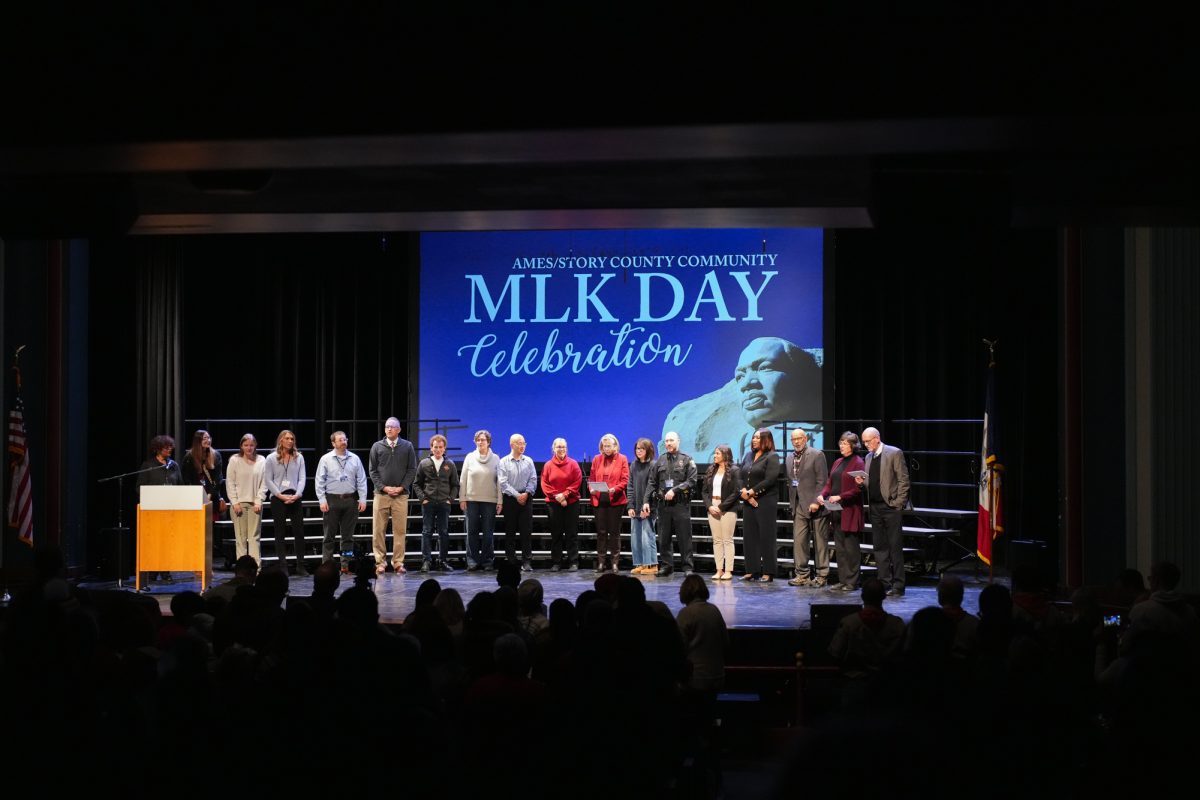Check your facts
June 25, 1997
As a student majoring in landscape architecture and environmental studies, I have had the good fortune of serving as a landscape architecture intern with facilities planning and management (FP&M).
Because of my academic training and my professional experience with FP&M, I take strong exception to Joe Leonard’s letter, “Destruction of Nature.” He clearly demonstrates the fallibility of a journalist who has not done his homework.
For better or worse, the iowa State University campus is a human-altered environment.
The many planners, designers and grounds personnel must balance the intense demands of thousands of students, faculty and staff with the desire to maintain a beautiful and sustainable campus.
True, it is not all the “natural wholesome goodness” that Mr. Leonard bemoans demise, but it is certainly one of the most beautiful and special campuses in this country.
The woodland area west of the Memorial Union is indeed a special place. The many trees that have been planted over the years have produced a canopy that brings delight and relief in the summer.
In May, a beautiful display of Virginia bluebells (Mertensia virginica) and Siberian squill (Scilla sibirica) paints the earth a delicate blue.
These are just two of the many woodland wildflowers called spring ephemerals because of their brief appearance in spring. By mid-June, they have emerged, bloomed, seeded and withered away for the year.
The great “destruction” to which Mr. Leonard mourns never occurred. The spring wildflowers that are enjoyed by many have simply “done their thing” for the year and gone dormant. Their withered yellow and brown leaves are the only evidence of their earlier glory.
Unfortunately, there are individuals who do not understand this process and cannot appreciate the remnant vegetation. As a response, Campus Services mows along the path annually after these wildflowers go dormant. I believe this is what Mr. Leonard witnessed and grossly misunderstood last week.
Having been done for years without detriment to the bluebells or squill, it has become standard practice in order to preserve this spring beauty while maintaining a more “manicured” campus, as the general public has come to expect.
Had Mr. Leonard inquired, he would have found this to be a reasonable policy. This woodland area has not been “purged and sanitized of all but the most mundane of floral life” — I would invite Mr. Leonard to return next spring to enjoy these spring wildflowers once again.
Since Mr. Leonard is a graduate student in journalism and mass communication, I hope that he checks his facts before venting off next time. It is his responsibility to himself and to the many individuals who may read his words and take them as the truth.
I urge Mr. Leonard to pick up a book and learn about the ecology of woodland wildflowers. At the very least, give FP&M a call, and ask what is going on. Writing such a letter without doing one’s homework is foolish and unprofessional for a journalist.
As a side note, Mr. Leonard has unknowingly stumbled upon an upcoming project to restore that section of College Creek running through this area.
The purpose of the project is to stabilize the banks to prevent further erosion.
While the project may result in the loss of some vegetation along the creek in the short term, the result will be a more stable and healthy creek for generations to come.
This week, to prepare for the project, FP&M began transplanting many perennials and some shrubs out of the way of upcoming construction activity.
These plants will be replaced following the work along the creek and through the spring of 1998.
Contrary to Mr. Leonard’s assertion, the individuals involved in the upcoming creek restoration/stabilization project are highly sensitive to the beauty and ecology of this area.
I am sure FP&M would be happy to hear constructive criticism of this project. However, uninformed negativism such as Mr. Leonard’s is unwarranted and unproductive.
Based on my inquiry into this project, additional information will be supplied by FP&M in a press release within a few weeks prior to construction.
Kevin Lyles
Senior
Landscape architecture and environmental studies






